SS 304
SS 304
-
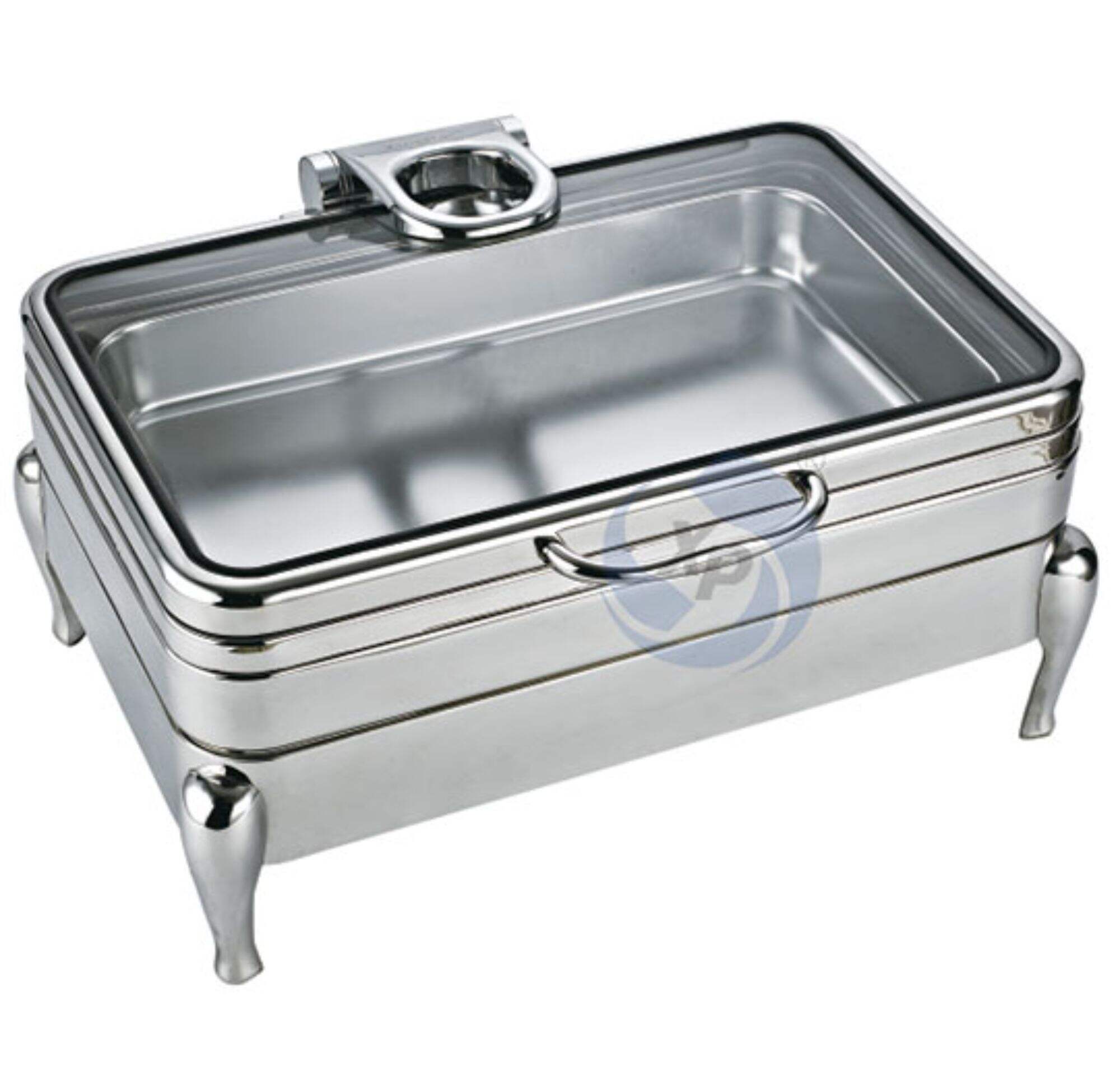
XINGPAI 호텔 및 레스토랑 용품 샤핑 접시 뷔페 서버 접시 실버 푸드 워머 유리 탑 샤핑 접시
-
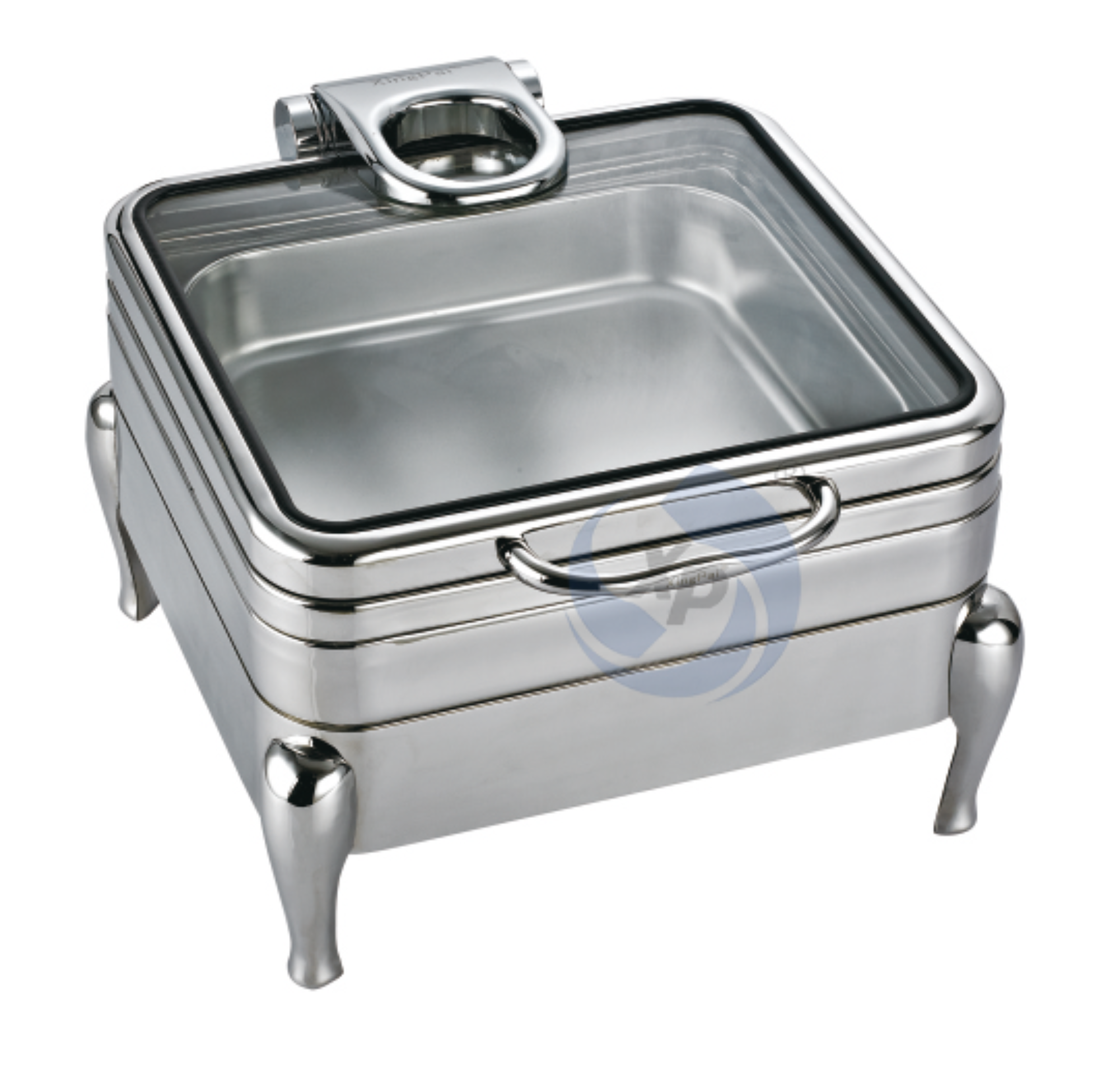
XINGPAI 기타 호텔 및 레스토랑 용품 셰핑 접시 푸드 워머 유리 뚜껑이 있는 전기 샤핑 접시
-
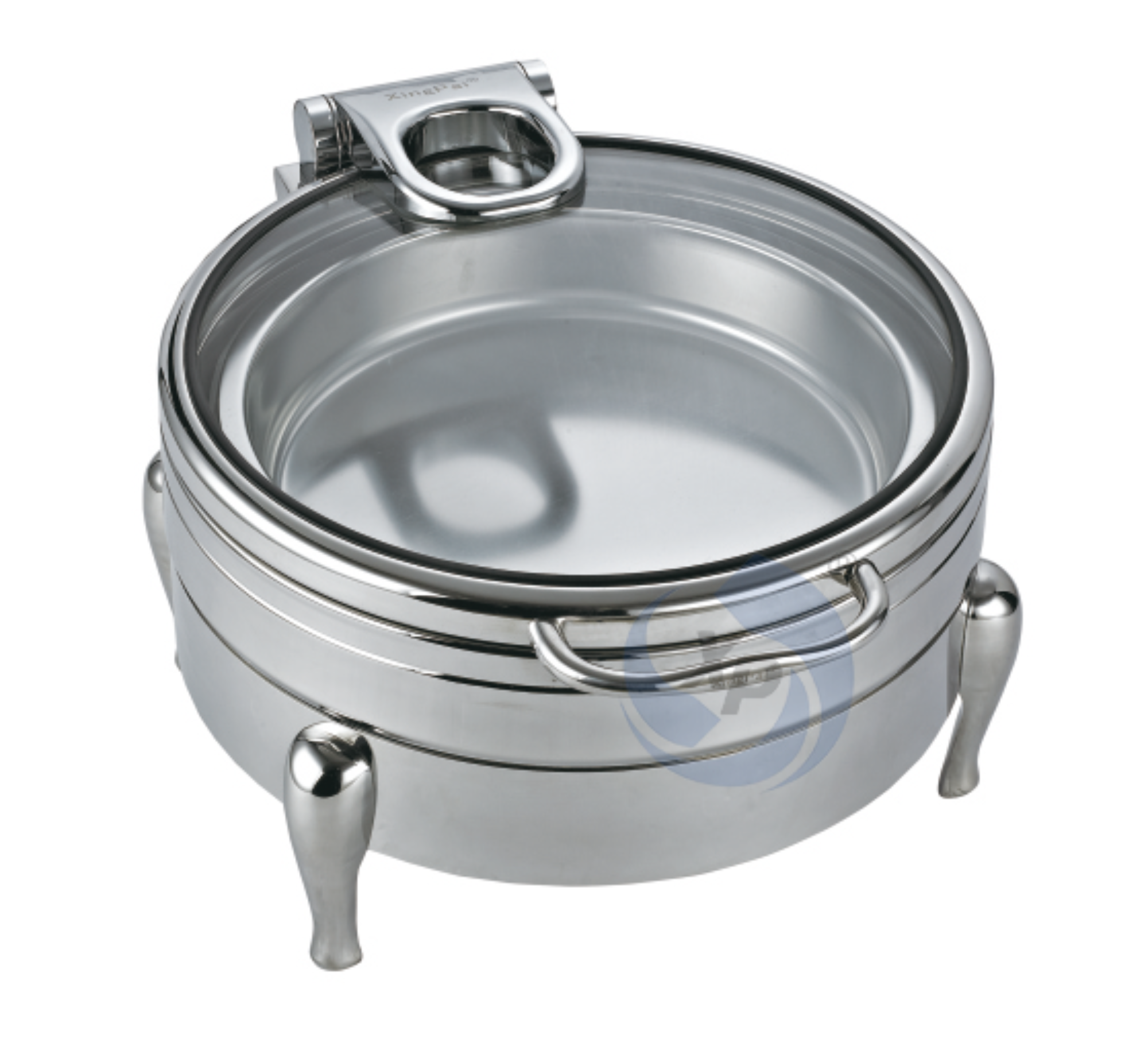
XINGPAI 공장 도매 뷔페 실버 스테인리스 스틸 라운드 샤핑 접시 유리 뚜껑 포함
-
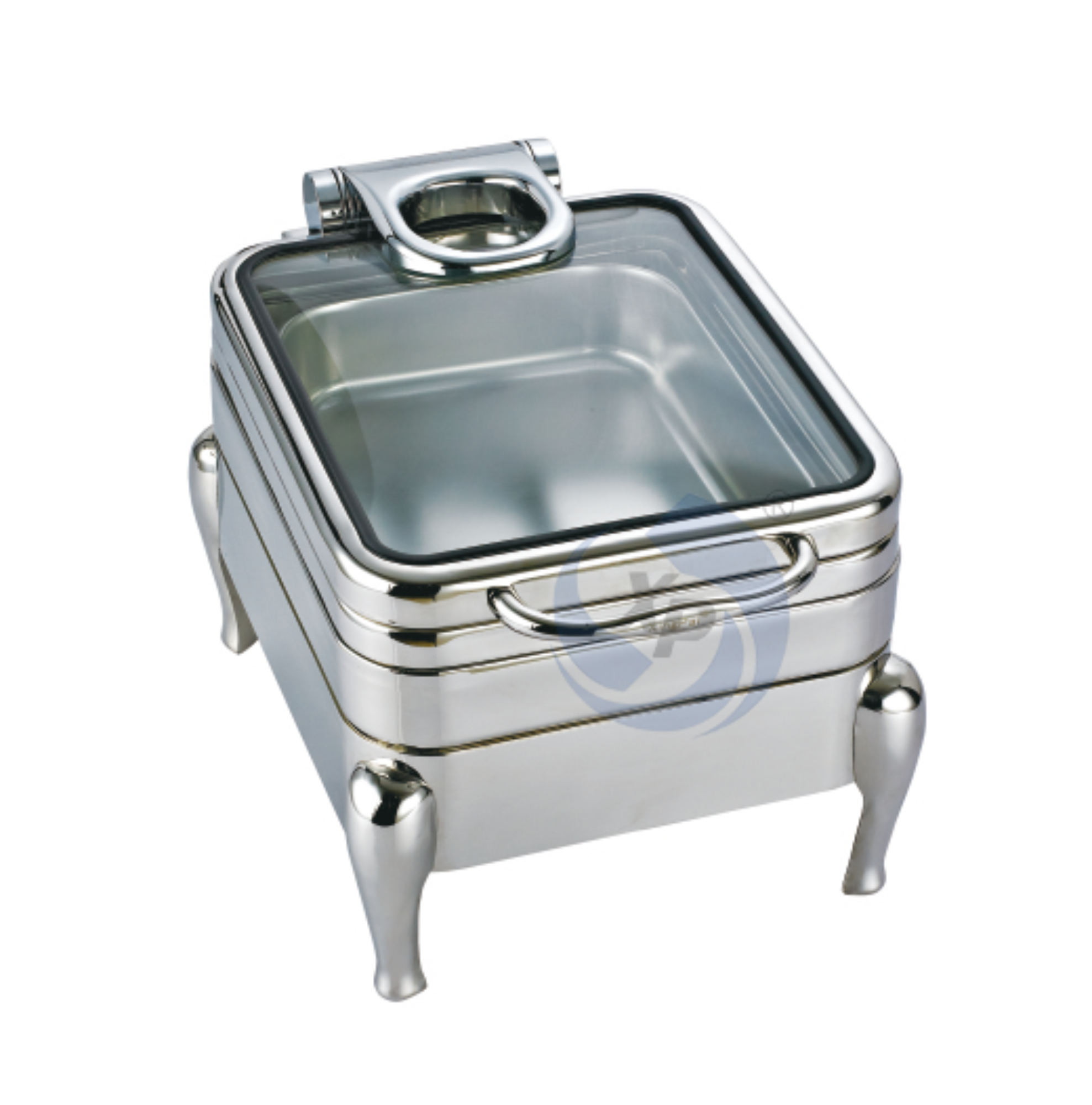
파이 호텔 및 레스토랑 용품 접시 뷔페 은 스테인레스 스틸 접시 가시 유리 뚜
-
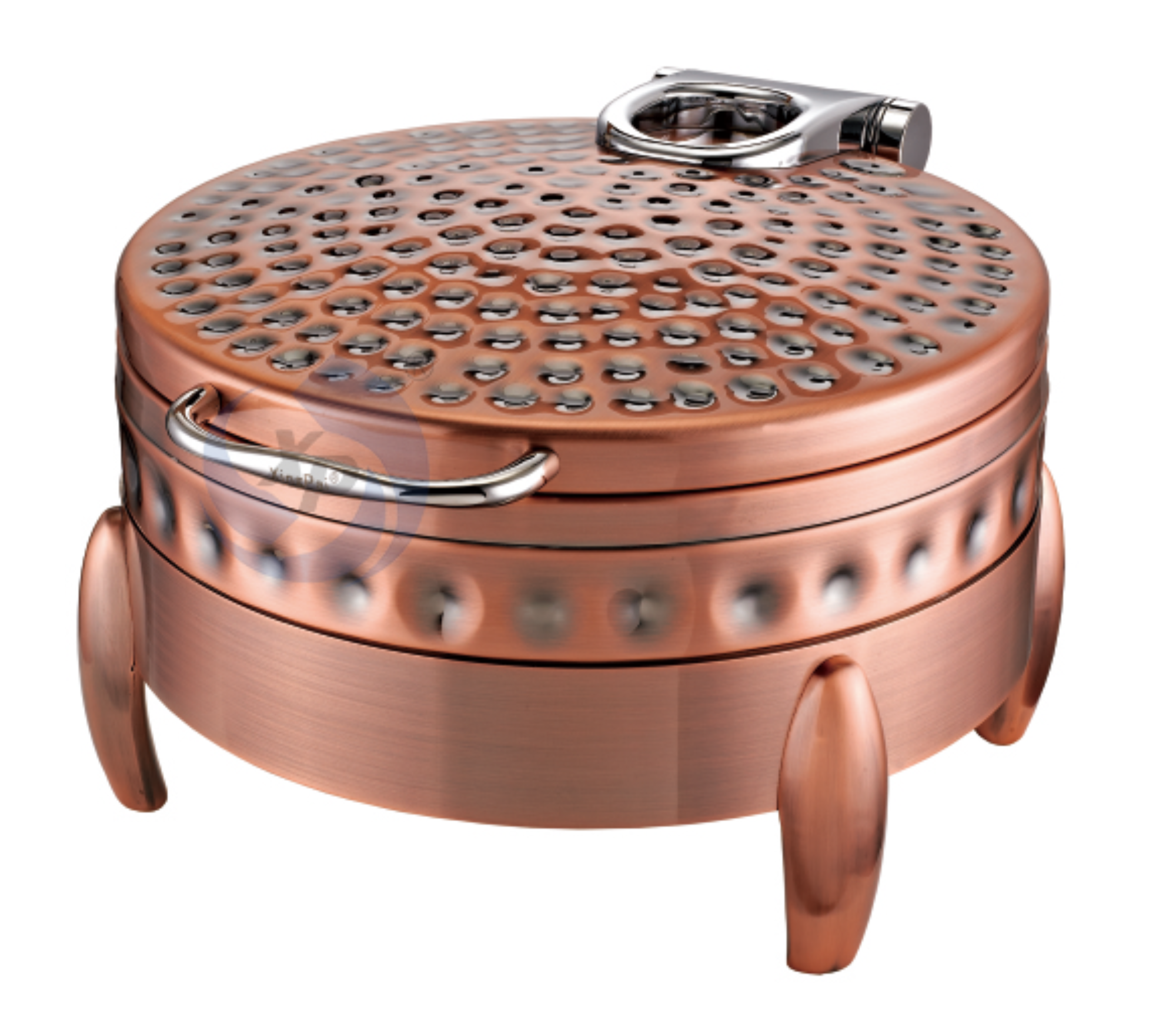
파이 공장 직판 럭셔리 구리 기 접시 둥근 기 전기 기 접시 뷔페 음식 핫머
-
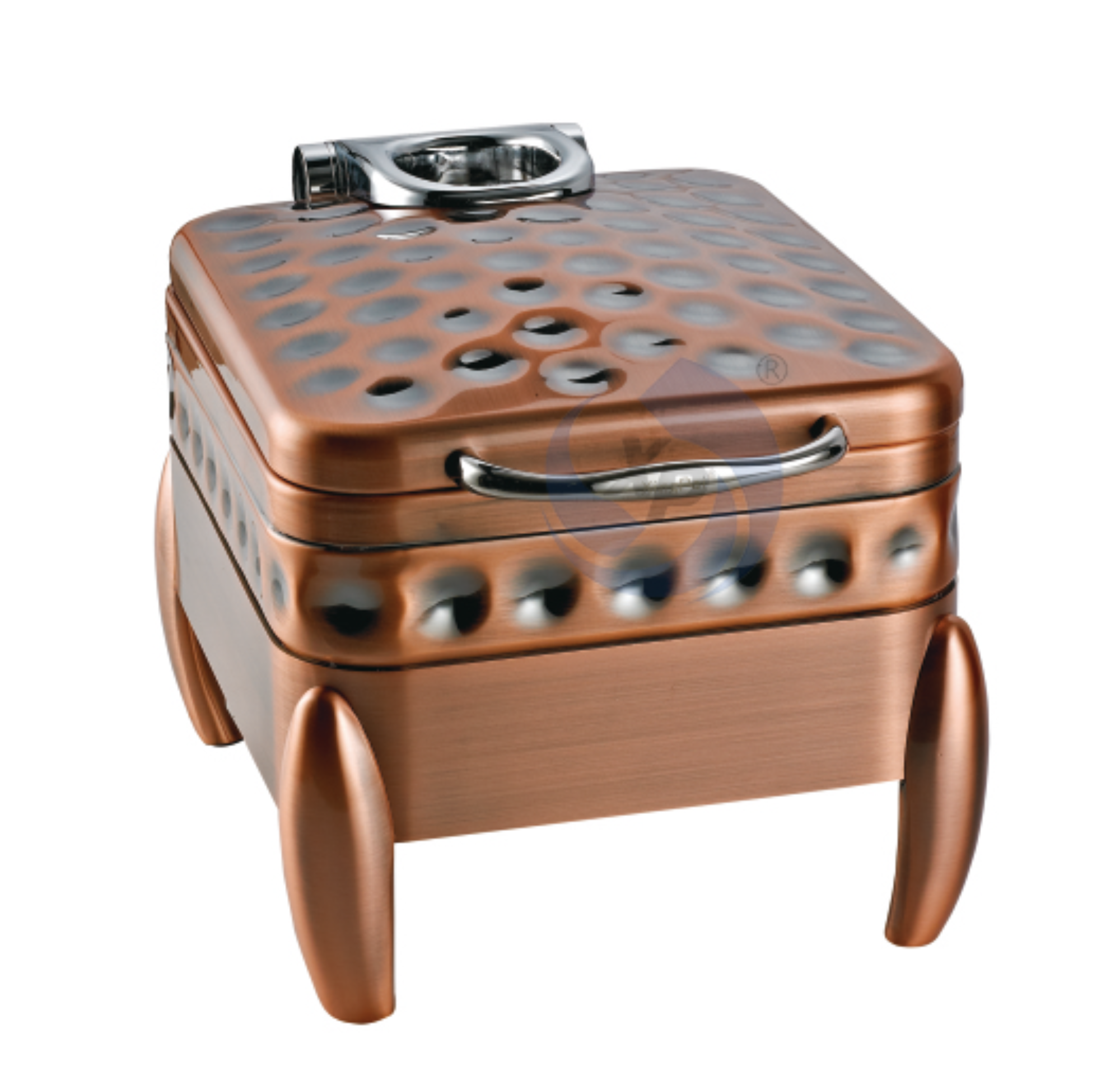
신파이 호텔 레스토랑 뷔페 용품 304 스테인레스 스틸 기 접시 수압 구리 기 접시
-
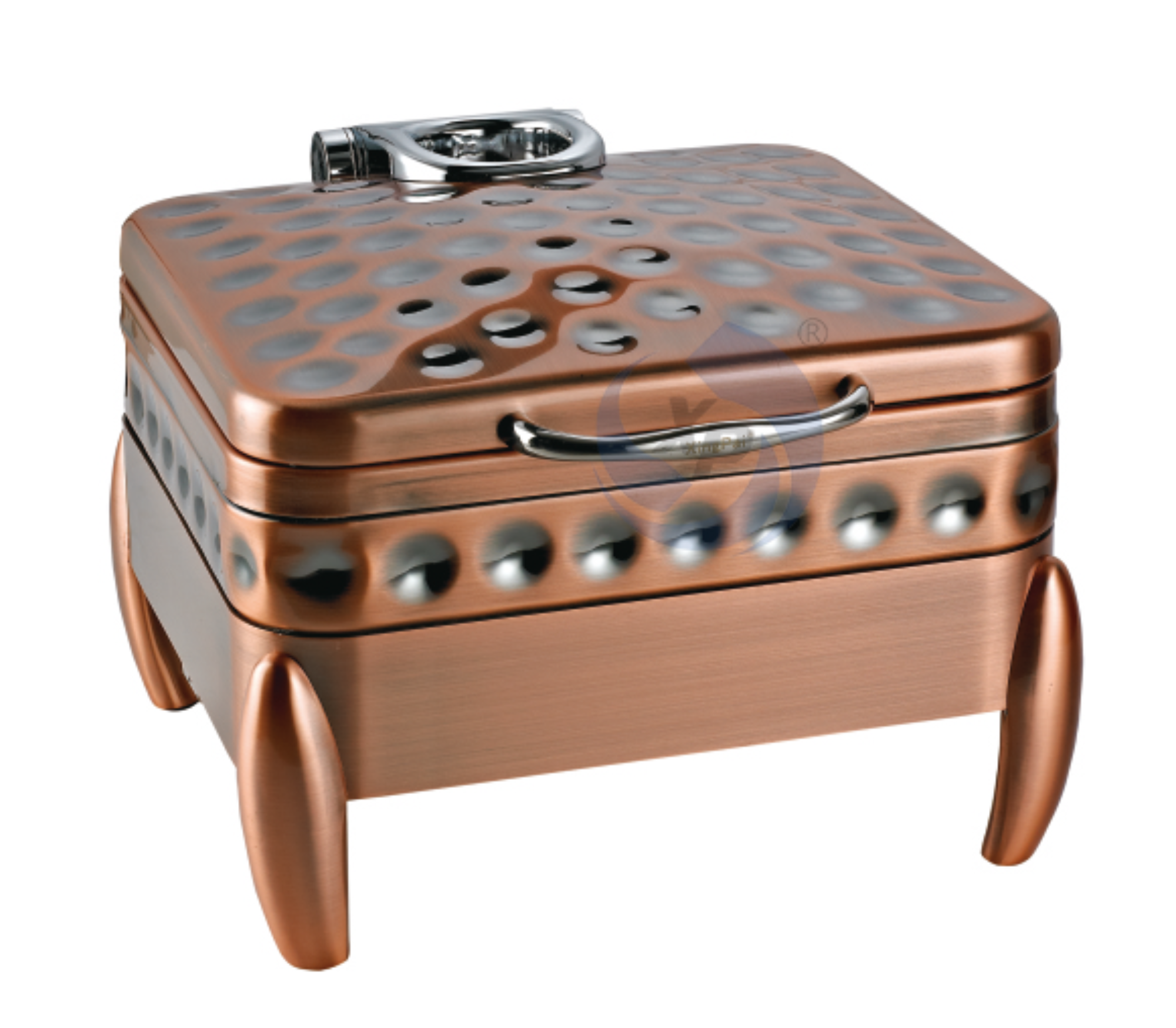
xingpai 외식 장비 스테인리스 스틸 구리 기 접시 음식 핫 세트 기 접시 뷔페 세트
-
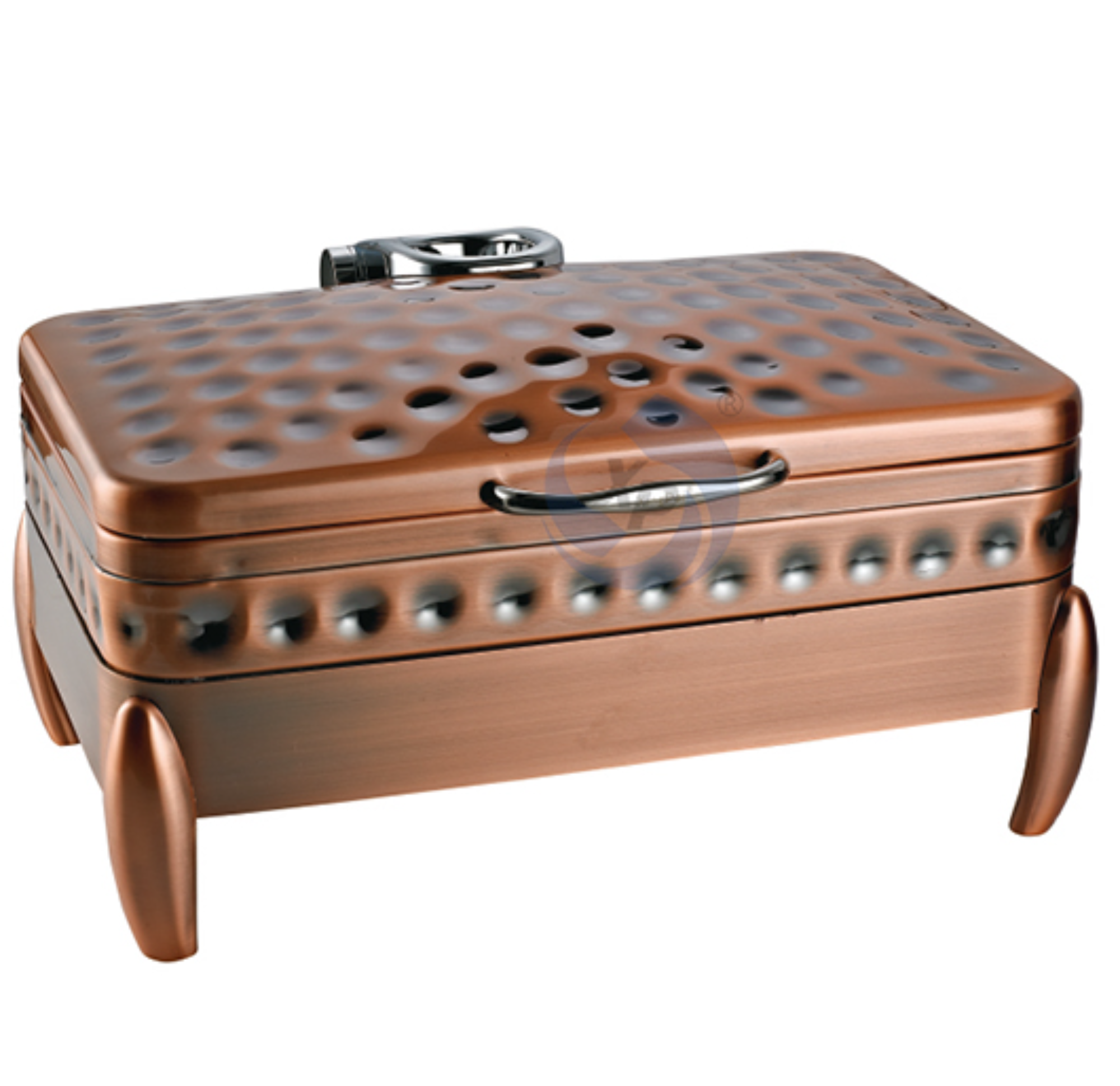
xingpai 외식 장비 은 스테인레스 스틸 알코올 오븐 기 접시 스테인레스 스틸 기 접시
-
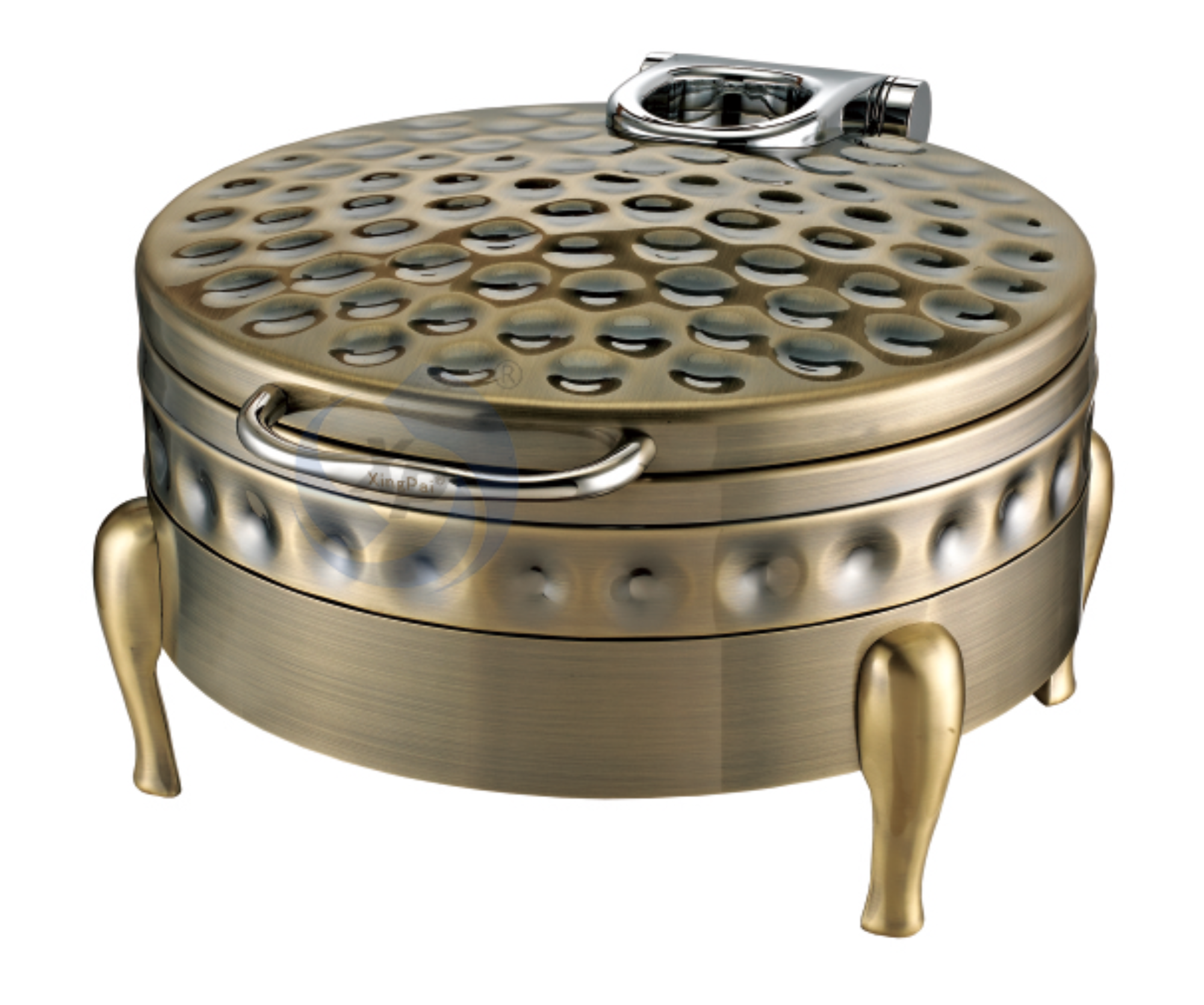
xingpai 기 접시 외식 장비 기 둥근 기 접시 전기 뷔페 음식 핫러머 철 뚜
-
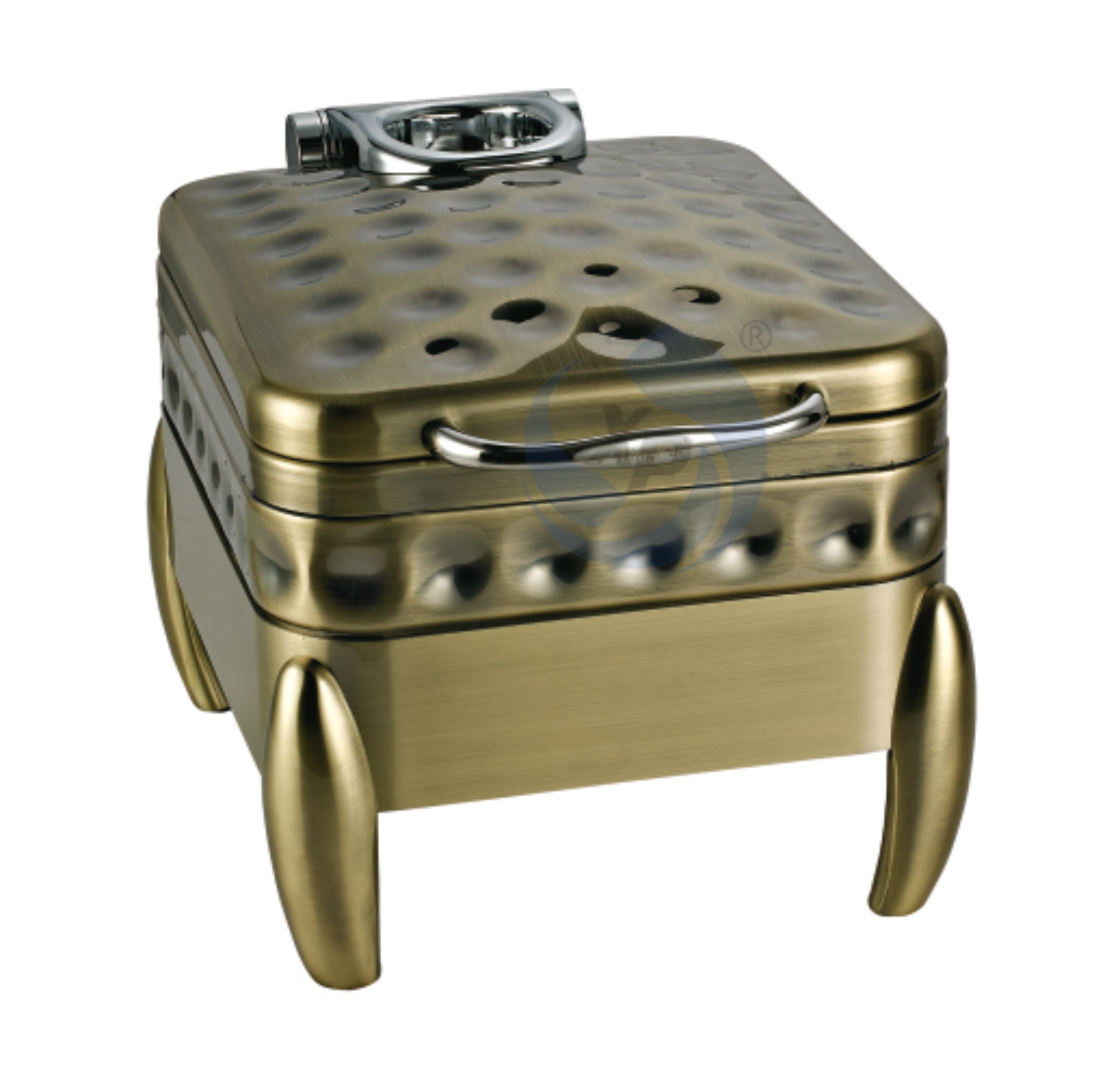
신파이 5성급 호텔 스탠레스 스틸 미니 직사각형 구리 스프링 접시 세트
-
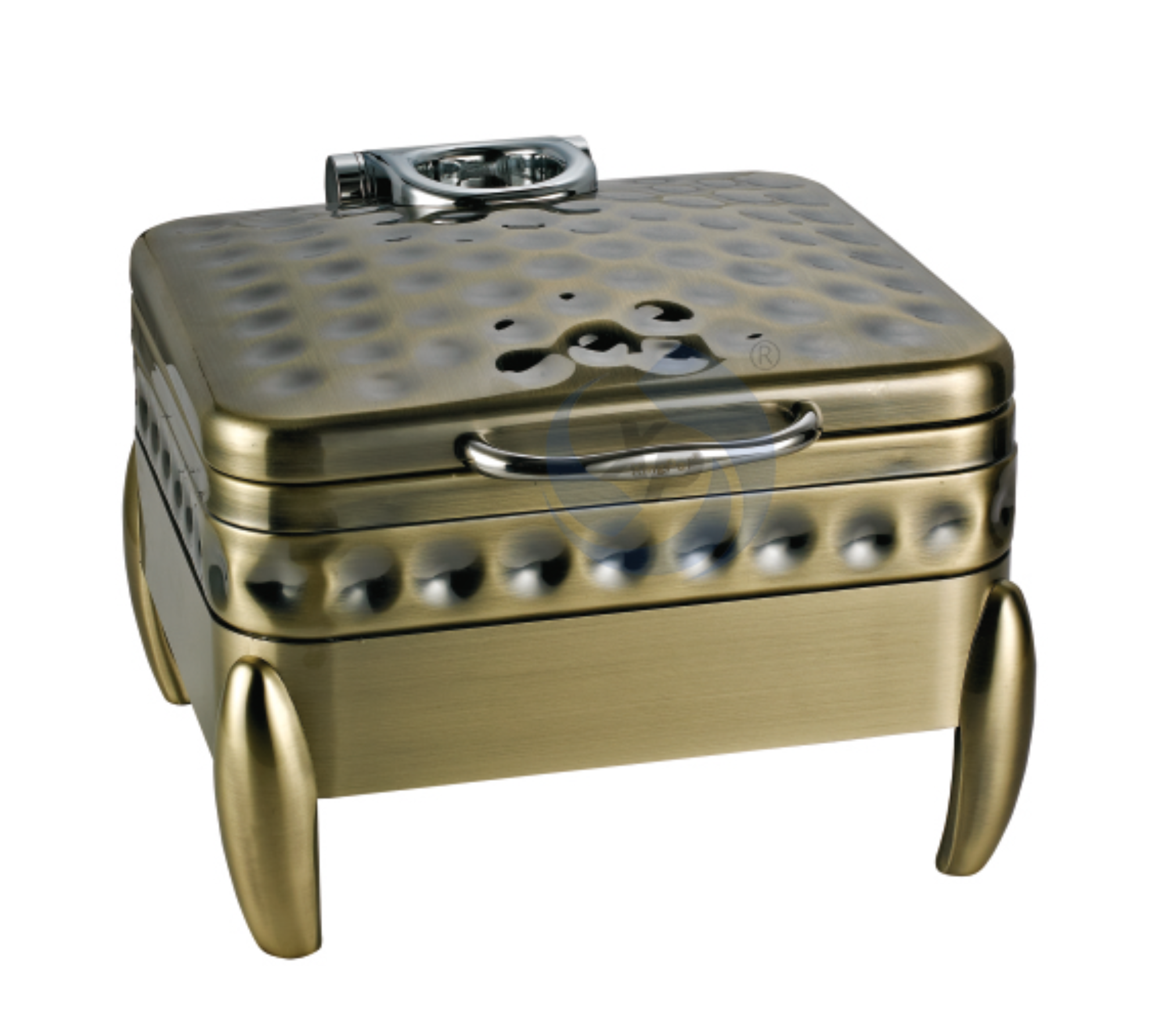
xingpai 다른 호텔 및 레스토랑 용품 은 기 접시 뷔페 외식 스테인레스 스틸 음식 온도 세트
-
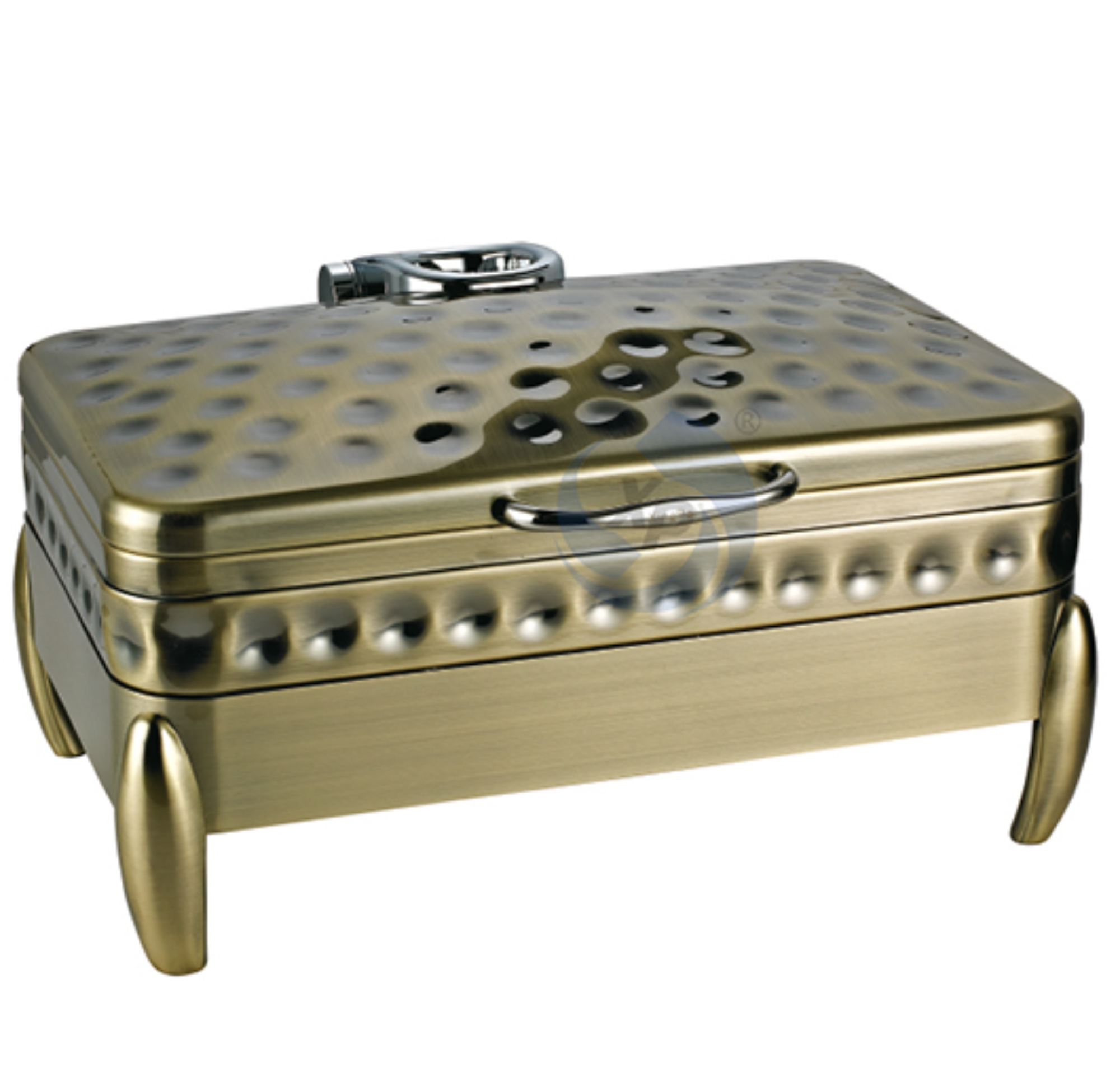
신장파이 스테인리스 스틸 러 러 러 접시 음식 핫 9l 인도 러 결혼식 러 접시
 KO
KO
 EN
EN AR
AR
 BG
BG
 HR
HR
 CS
CS
 DA
DA
 NL
NL
 FI
FI
 FR
FR
 DE
DE
 EL
EL
 HI
HI
 IT
IT
 JA
JA
 NO
NO
 PL
PL
 PT
PT
 RO
RO
 RU
RU
 ES
ES
 SV
SV
 CA
CA
 TL
TL
 ID
ID
 VI
VI
 ET
ET
 HU
HU
 TH
TH
 TR
TR
 AF
AF
 MS
MS
 GA
GA
 HY
HY
 KA
KA
 HT
HT
 BN
BN
 LA
LA
 MN
MN
 NE
NE

